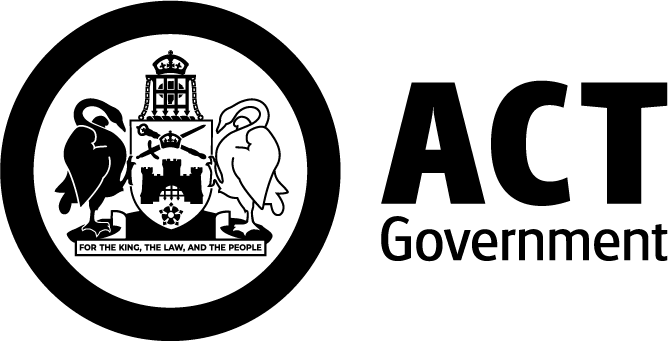The Asian Paper wasp, Polistes chinensis antennalis, was discovered for the first time in Canberra in 2010 and its presence confirmed during 2011 with sightings in Pialligo, Fyshwick and Kingston. This Paper wasp species is considered highly invasive when introduced to new geographical areas, especially in urban environments. It was introduced accidentally to New Zealand in 1979 and has spread and become common throughout both the North and South islands. It has also become established on Norfolk Island and in some inner Sydney suburbs. Its native range includes China, Korea, Japan and Mongolia.
The Asian Paper wasp competes with native insects for food and can significantly reduce populations of prey species such as butterflies and may impact adversely on pollinator species. However, they also collect caterpillars of pest species to feed their brood. This wasp may compete with honeybees and native birds at nectar and honeydew sources. It will compete directly with the local Australian native Paper wasp, Polistes humilis, which has similar nesting and feeding habits.
Because it builds its nests on man-made structures as well as hidden in bushes, trees and shrubs, the Asian Paper wasp species is considered a significant public nuisance by stinging people when nests are disturbed. In an Auckland survey, the greatest numbers of insect stings recorded was by the Asian Paper wasp species.
The nests of Polistes chinensis antennalis are similar to those constructed by the local Paper wasp, Polistes humilis, but the adults are a vivid black and yellow colour compared with the dull brown of the native Paper wasp species.



